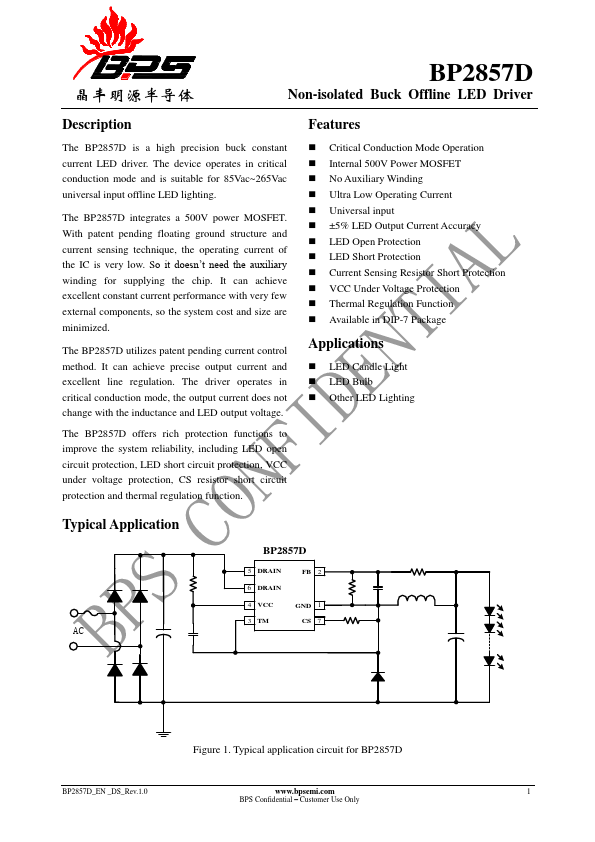I am trying to build a remotely controllable aquarium LED light. I live in a country where DigiKey and Mouser are not a thing. Electronic components are hard or impossible to find in this country. So I'm limited to the parts shown in the schematic. And my skills are not yet adequate for designing something more complex.
Here I want to control the LEDs with a PWM signal from an Arduino or ESP8266. I need this functionality to dim the LEDs and to also control when they turn on and off during the day. The constant current source I want to use is a commercially available mains voltage LED driver module. So, my questions are:
1. I think the LED driver module gets to its maximum voltage (≈311VDC) whenever the PWM signal is at its low stage and the MOSFET is off. Is this gonna create any problem with the PWM dimming function?
2. Should I separate the 12V (MOSFET gate driver) and High-voltage grounds?
3. Is it a good idea to use an optocoupler between the Arduino/ESP and the MOSFET gate driver IC?
4. Is this work or something's gonna explode as soon as I connect the power?!
Here is the schematic:
View attachment Schematic_Aquarium-Light-Example-Circuit_2024-02-12.png
View attachment Schematic_Aquarium-Light-THT_2024-02-11-01-01.png
This is the constant current driver:

Here I want to control the LEDs with a PWM signal from an Arduino or ESP8266. I need this functionality to dim the LEDs and to also control when they turn on and off during the day. The constant current source I want to use is a commercially available mains voltage LED driver module. So, my questions are:
1. I think the LED driver module gets to its maximum voltage (≈311VDC) whenever the PWM signal is at its low stage and the MOSFET is off. Is this gonna create any problem with the PWM dimming function?
2. Should I separate the 12V (MOSFET gate driver) and High-voltage grounds?
3. Is it a good idea to use an optocoupler between the Arduino/ESP and the MOSFET gate driver IC?
4. Is this work or something's gonna explode as soon as I connect the power?!
Here is the schematic:
View attachment Schematic_Aquarium-Light-Example-Circuit_2024-02-12.png
View attachment Schematic_Aquarium-Light-THT_2024-02-11-01-01.png
This is the constant current driver:


